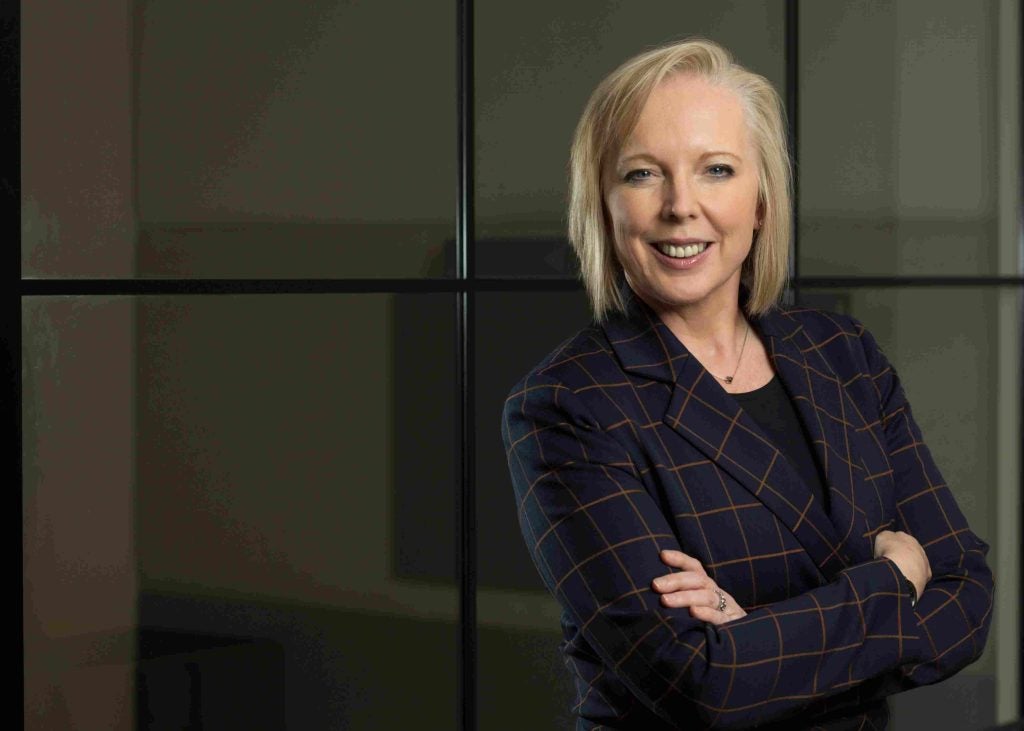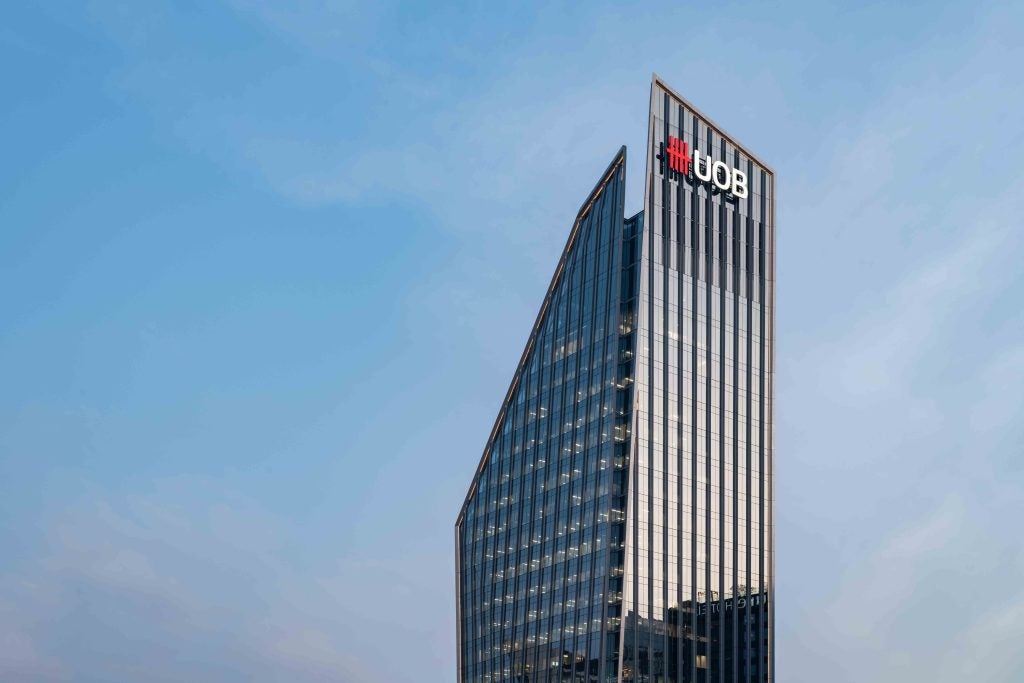Real estate has elements of art and science about it. The art not only being the design and the architecture, but the creation of the right tenant mix, the development of a community by real estate managers. Simon Todd writes
Even the art of judgement and expertise that is applied in fine-tuning a valuation calculation lends an element of theatre. The science lies in the construction, the facilities management, and the psychology of how people occupy space, which is a burgeoning discipline.
Unlike stocks and shares, real estate is non-homogeneous, if simply by virtue of the physical space that it occupies. This means that every transaction, every development, every scheme is different, needs to be looked at slightly differently, and has its own challenges. Even the obstacles are attractive, often requiring 3D leaps of imagination to resolve that you won’t find in the 2D world of stocks and shares.
Some say that real estate is a boring option, compared to the fast pace of equities and crypto. Paul Samuelson, the first U.S. economist to win the Nobel Peace Prize once said “Investing should be like watching paint dry or watching grass grow. If you want excitement, take $800 and go to Las Vegas”.
The benefit however of ‘watching the real estate paint dry’ is that over time it’s likely that you will have added value, upon completion of a development or redevelopment for example. Despite it sometimes being a slow process, the direct action associated to real estate is inherently likely to add value, unlike some other assets where outcomes depend on which way the market moves and external factors impacting it. Weightings to real estate in investment portfolios may vary, but there has always been a market as far back as the Palaeolithic times when there were likely disputes over the best caves! The nature of real estate may change, but I believe there will always be some form of real estate market and hence there will always be opportunities in the sector.
It is a sector that can offer balance, with decline in one area creating opportunity elsewhere. The retail sector may be facing challenges with online sales taking market share, but with the growth in online comes the dramatic increase in demand for real estate logistics.
Key opportunities in real estate
Real estate as an asset class offers the opportunity to do more than just provide a financial return. I’m a firm believer that the built environment has a direct impact on the psychological welfare of people. There can or should be an ethical dimension that fits neatly into a 2022 ESG agenda and approach. Good real estate can and should always do good things for people, businesses, and the economy.
We’re still living today with the consequences of poor real estate of the past. With the benefit of hindsight we now see the consequence of soulless 1960s concrete office blocks and badly designed shopping centres of the same period. When these were combined at the same time with amorphic blobs of new build housing estates and tower blocks that ripped the hearts out of communities, it resulted in bad social consequences for people and the economy. The ES in ESG certainly provides new opportunities to make the built environment more liveable as well as profitable.
Future trends
The obvious future trends are the Private Rented Sector/Build to Rent, life sciences and logistics – the trinity of beds, meds and sheds. Though describing these as future trends is a bit of a misnomer when they’re very much current. For the latter two trends, we’re seeing significant capital trying to deploy into what is a relatively small part of the real estate market. This has the potential to create its own dynamics.
To survive or retain its value, the trend that may have to happen is within the financial heart of major cities – currently dominated by offices, they will need to evolve into true mixed-use centres. The idea of a central “business” district just doing traditional business seems like an anachronism now. They need to be supplanted by energetic mixed-use centers, which offer dynamism, and flexibility and bring residential back to the forefront. These centres also need to provide everything from offices capable of supporting hybrid working, commercial, retail, and leisure space to infrastructure that can meet the needs of, and is attractive to the wider population, not just business people. A bit like the city of London in the 14th century a true vibrant marketplace (but hopefully without the disease, plague, squalor, and poverty!).
On a similar theme, there is the potential for the rise of the satellite suburban office centre, and we are already seeing this reflected in rental values in some areas.
When it comes to relationships between landlords and retail tenants, the long-term pressures on the retail sector and the recent covid driven changes have been well documented. Their impact on the relationship dynamics between the landlord and retail tenant may change the way we consider and value retail assets. With the lack of security of term and greater use of turnover rents, we may consider them as trading assets in a similar way that we appraise hotels. There will be far more scrutiny on the actual performance of individual units rather than simple reliance on the overall group level covenant strength of a tenant.
Simon Todd is the head of real estate at Crestbridge








